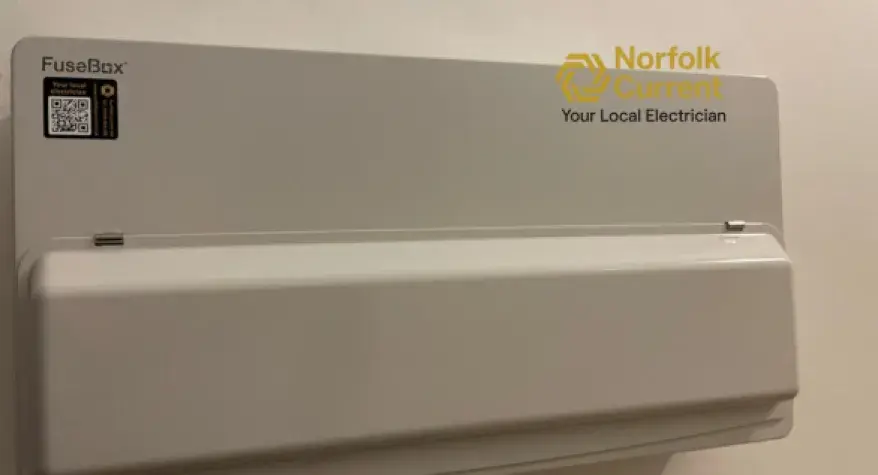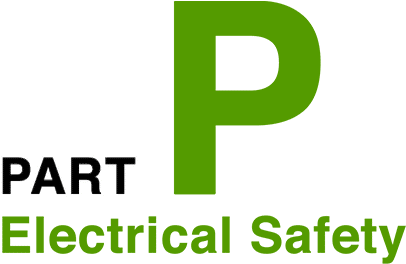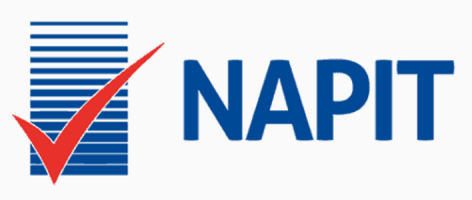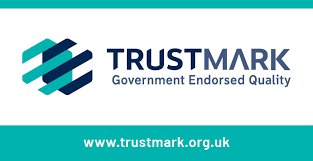Power surges are brief spikes in voltage that can silently damage your electronics. Stormy weather, switching large appliances on/off, or supply faults can all cause surges — and the results range from random reboots to ruined circuit boards.
What Is a Surge Protection Device (SPD) and Do You Need One?
At Norfolk Current, we install Surge Protection Devices (SPDs) in homes across Norwich, Taverham, and Costessey to help keep your tech and appliances safe.
What an SPD does (in plain English)
An SPD sits at (or alongside) your consumer unit and diverts sudden excess voltage safely to earth before it can travel down your circuits. It’s like a pressure relief valve for your electrics.
Who should consider one?
- You work from home and rely on PCs/routers/servers
- You’ve invested in smart TVs, consoles, audio gear, CCTV
- You’ve had nuisance faults after storms or power cuts
- You’re upgrading your consumer unit and want best practice protection
New board or retrofit?
- New consumer unit: we specify a unit with SPD (and RCBOs for individual circuit protection).
- Existing board: in many cases, we can retrofit an SPD if there’s space; if not, we’ll advise the cleanest upgrade path.
The Norfolk Current approach
- Check your supply type and board capacity
- Fit the appropriate Type 2 SPD for domestic use
- Test, label, and document the addition
- Explain how it protects your equipment — in normal, human terms
FAQs
Q: Will an SPD stop every surge?
A: It dramatically reduces risk from the kinds of surges typical in UK homes. Direct lightning strikes remain rare — but Type 2 protection is the recommended standard for domestic installations.
Q: Do I still need plug-in surge strips?
A: SPDs protect at the source. Plug-in strips can add another layer for very sensitive kit, but a board-level SPD is the smartest first step.
📞 01603 369440 | 📧 Email us.
Local, NAPIT-registered installs across Norwich, Taverham, and Costessey.





